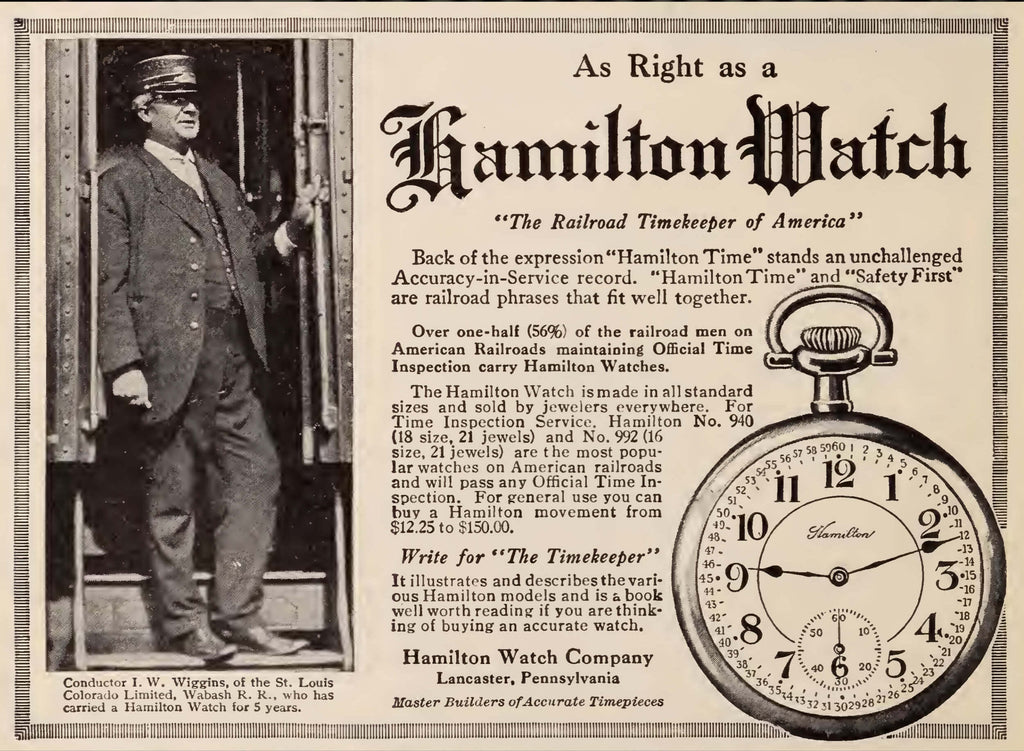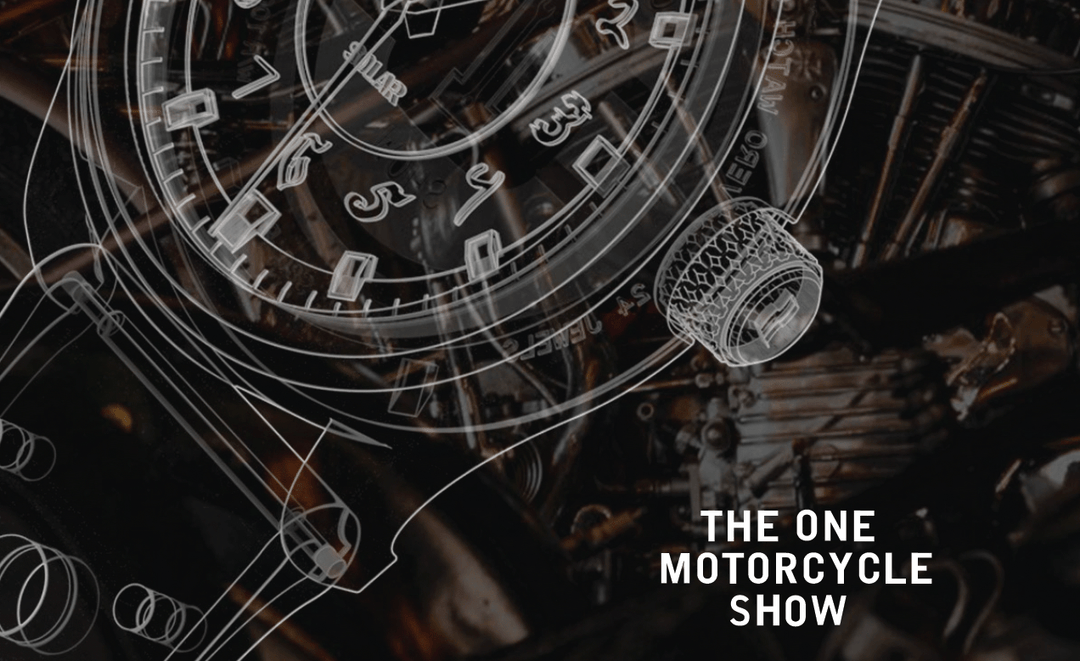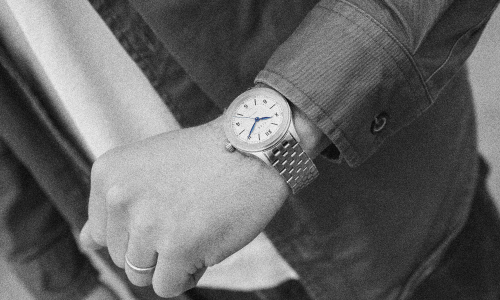History of Watches: Winding Through Time

Did you know that the small pocket (above the main pocket) in a pair of jeans was used to store a pocket watch? In this post, I will take you through a "timeless" journey of watches. Before we talk about the history of watches, let's find out where the word "watch" came from.
Origin of the word “Watch”
While there are different theories about the origins of the term “watch”, one popular one suggests that the word came from “woecce”, meaning “watchman”. This is because back in those days, town watchmen used watches to monitor their shift timings. It is also believed that in the 17th century, sailors used new mechanisms to keep track of their shifts (shipboard watches). As per the Oxford Dictionary, the word “watch” bears an association with “timepiece” in the 15th century.

History of Watches
While portable spring-driven clocks were invented in the 15th century, the origins of watches can be traced back to 16th-century Europe. Until the middle of the twentieth century, watches were powered by winding a mainspring. The mainspring would turn gears, thus moving the hands of the watches. The quartz watch surfaced in the 1960s. These watches ran on electricity. From tiny battery cells. And unlike their predecessors (which kept time with a rotor that revolved around a balance wheel), they leveraged a vibrating quartz crystal to keep time. It was in the 80's that quartz watches almost replaced mechanical watches. No wonder this time period was also known as the “Quartz Crisis.”

Clock Watch
Somewhere between the size of a clock and a watch, wearable timepieces surfaced in the 16th century in Germany. Peter Henlein was the man behind these portable timepieces from the city of Nuremberg (Germany). However, there is nothing definite saying he was the first one to create such a watch.
This watchmaker and inventor created clock watches that were worn as pendants. Back then, people would wear these drum-shaped cylindrical clock watches around the neck.
Did you know that these watches only had the hour hand? Iron or steel was used to make the movement, and pins and wedges were used to hold them together. It was not until the 1550s that screws started replacing these makeshift fasteners. Watches, back then, had to be wound twice a day. Even though rounded watches (also known as Nuremberg eggs) arrived in the 16the century, most watches were shaped like animals, flowers, and books. It is interesting that people did not use these clock watches to tell time, but used them as items of nobility. Most did not care about accurate timekeeping.

Pocket Watch
The 17th century witnessed a change in men’s watch fashion- from pendants to pocket watches. Pocket watches gained popularity with the arrival of waistcoats in England in 1675. Since watches, now, had to be kept in pockets, they were made round and flattened without sharp edges. In the 1800s, Prince Albert introduced the 'Albert chain' accessory. This would secure the pocket watch to the man’s outer garment through a clip. What about the timekeeping mechanism of the 17the century pocket watches? It was similar to that of 13th-century clocks. All these early watches slowed down as their mainspring ran down. In the watch world, we call this isochronism.

Balance Spring
In 1657, watches saw a new dimension to accuracy- balance spring. This turned the balance wheel into a harmonic oscillator, thereby increasing the timekeeping accuracy to a great extent.
This tiny addition reduced errors from several hours per day to less than 10 minutes a day! It would not be wrong to say that this invention paved the way for over 200 years of watchmaking innovation. Cylinder escapement soon replaced the verge escapement.

Mechanical watch movement
In the 17th and 18th centuries, watchmaking was the domain of the British. However, these watches were primarily produced for the elite. Mass production of watches started in the 1840s in the US in Massachusetts. Thanks to the stringent requirements of railroads, watchmaking witnessed a great improvement in accuracy. This led to the universal usage of jewel bearings; and the use of temperature-compensated balance wheels in watches.

In 1876, the first international watch precision contest was held in Philadelphia. Organized in Fairmount Park, along the Schuylkill River, the exhibition attracted 9 million visitors- equivalent to about 20% of the population of the United States at the time. Improvements in technology improved watch accuracy to a few seconds per day by 1900. Mechanical design became the standard for watch production in the 20th century. During this time, watchmakers focused on improving materials and manufacturing processes. The discovery of low-thermal-coefficient alloys Invar and Elinvar led to the demise of the bimetallic temperature-compensated balance wheel.

Wristwatch: From Battlefield to Fashion Accessory
Did you know that wristwatches were almost exclusively worn by women? And men use pocket watches until the early 20th century? Men started using wristwatches for the first time towards the end of the 19th century. And this started with those in the military. Military men needed wristwatches to synchronize maneuvers during the war.
Why not pocket watches? Well, would you expect a soldier to pause during a heated battle, reach into his pocket, check the time, and resume fighting? Or a soldier to check the time on a pocketwatch while riding a horse? All these reasons created a “practical” demand for wristwatches for men. The British Army officers started using wristwatches during their campaigns in the 1880s. The Boer War triggered the need for wristwatches to coordinate troop movements and synchronize attacks.
Makeshift Wrist-Pocket Watches to Full Fledged Wrist WatchesThe early models of wristwatches were more of standard pocket watches attached to a leather strap. It was not until the early 20th century that watch companies started making purpose-built wristwatches.

World War I
The First World War had a tremendous impact on the popularity of men’s watches (wristwatches). American soldiers were surprised to learn that their European counterparts were using wristwatches for coordinating time. The military tactic known as creeping artillery barrage called for timed synchronization between artillery gunners and infantry. And this was not possible with low-accuracy watches.
Soon, watchmaking companies started using thick metal grills over glass faces to make the men’s watches battle-proof. During the Pancho Villa Expedition, almost every store in the El Paso district was supplying men's trench watches. In 1917, with the British Army issuing watches to soldiers, wristwatches became an official part of the soldier’s uniform.

The Space Travel
Yuri Gagarin, the Soviet pilot, and cosmonaut became the first human to travel to space. And when he did venture “out” on Vostok 1, he wore a wristwatch. This was the first time someone had reached space wearing a wristwatch.

Electric Watch
Electric-powered watches hit the scene in the 1950s. The balance wheel in these watches was powered by a solenoid. In some electric watches, however, the balance wheel was powered by a steel tuning fork, which was powered by a solenoid driven by a transistor oscillator circuit. Note that the hands in these watches were still propelled mechanically by a wheel train. Soon, mechanical watches started having self-winding mechanisms and shockproof balance pivots. Due to the growing popularity of jewels, watch companies started making watches with up to a hundred jewels.

Quartz watch
The project codenamed 59A resulted in the production of the quartz wristwatch. The quartz wristwatch was used throughout the 1964 Tokyo Summer Olympics. On the Christmas of 1969, the first quartz watch hit the stores. This, by far, was the most accurate wristwatch.
Japan, the US, and Switzerland contributed to the technology behind the quartz watch. Since there was no particular patent, more watchmakers jumped in and started commercial production of quartz watches, thus ending the dominance of mechanical wristwatches.
The quartz watch used a quartz crystal resonator instead of a balance wheel. And unlike its predecessors that sued the wheel train, the quartz watch used digital counters. Thanks to the resonator’s high Q factor and quartz's low-temperature coefficient, quartz watches had better accuracy than even the best mechanical watches. Since there were almost no moving parts in quartz watches, these watches were better equipped for resisting shocks and required less maintenance. The first digital electronic watch with an LED display arrived in 1970.
Four years later, the world witnessed the first wristwatch to hold Marine Chronometer certification. This watch was accurate to 12 seconds per year. Due to low frequencies, the first-generation watches had low accuracy. With the use of CMOS logic and LCDs, the second-generation watches not only had a higher battery life but also accuracy of 5–10 seconds per month.
Towards the end of the 20th century, quartz watches almost replaced mechanical watches.

Solar Powered Watches
The first solar powered watch was built by an American engineer named Roger W. Riehl in 1972 and named the Synchronar 2100, stemming from “SYNchronous CHRONometer calendAR”. The design, as well as its name, were far ahead of their time. Most of the base level technology of solar powered watches have not had to evolve much to stay relevant. Their reliability and minimal maintenance continue to keep this type of movement a popular option.

Radio-controlled wristwatch & Atomic Wristwatch
The first radio-controlled wristwatch came to the scene in 1990. These watches matched the accuracy of atomic clocks. Twenty-three years later, in 2013, we witnessed the arrival of the first watch that could keep time with an internal atomic clock. This watch had an accuracy of one second in 1000 years.
SmartwatchesWith the growth of smartphones, smartwatches came to the scene. The world’s first smartwatch was launched in 1998. The watch could run applications and connect to a PC, via a docking station. Today’s smart watch can track your health patterns, alert you to incoming text and email, and syncs to all of our favorite apps.
History of Watches: Conclusion
What can we expect from the watch industry in the future? Some have said they foresee wrist watches becoming obsolete. But that’s nothing we haven't been hearing since the advent of the personal cell phone. There will always be a growing crowd of watch lovers.
Be it from obsession over the inner workings and ingenious mechanics of a wrist watch, or the attraction of the aesthetics and feel on the wrist, watches are here to stay.



